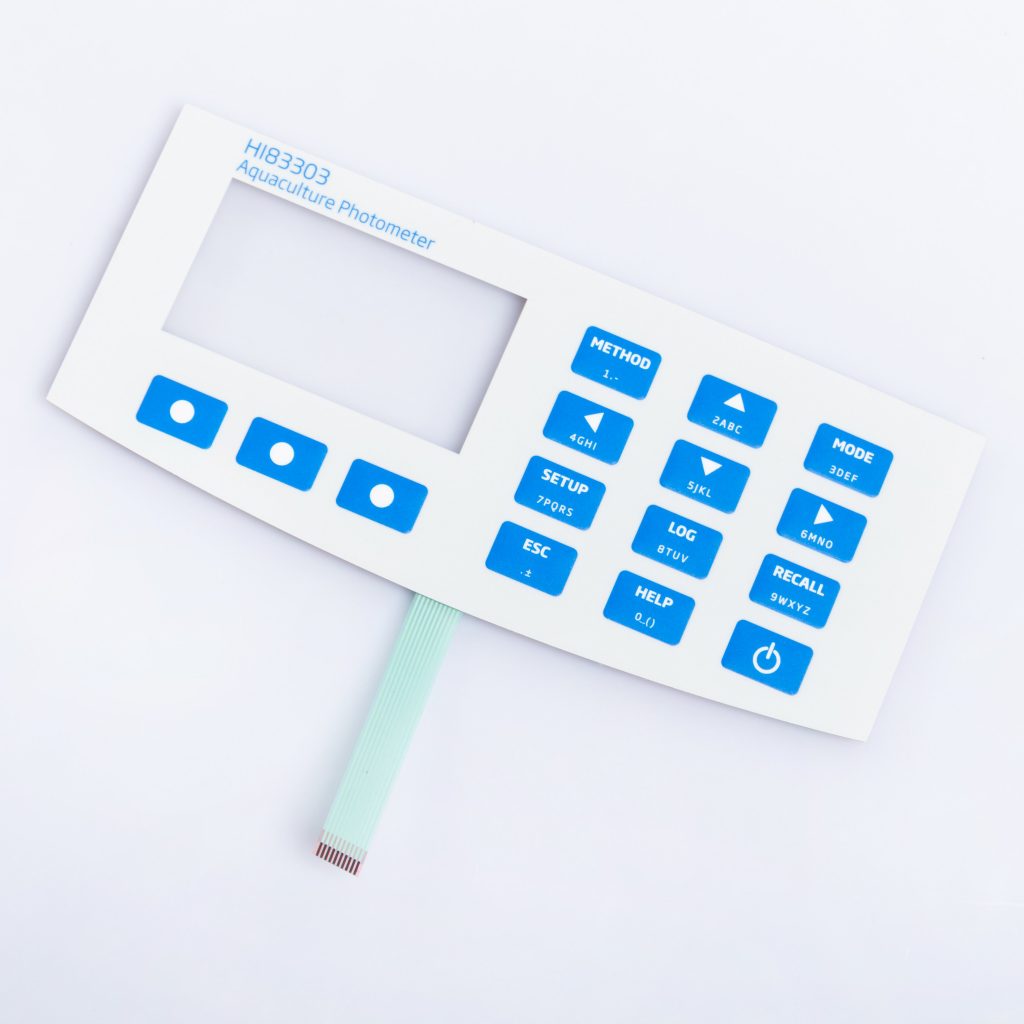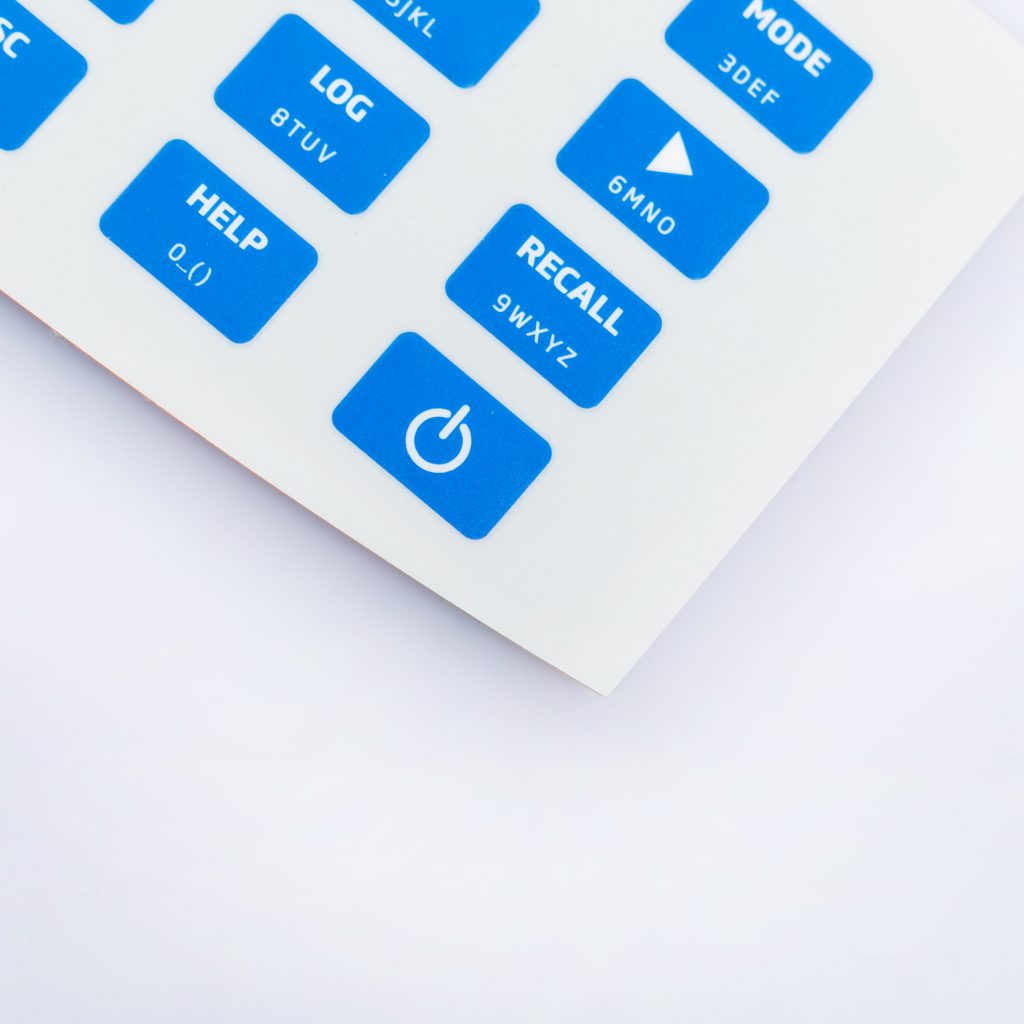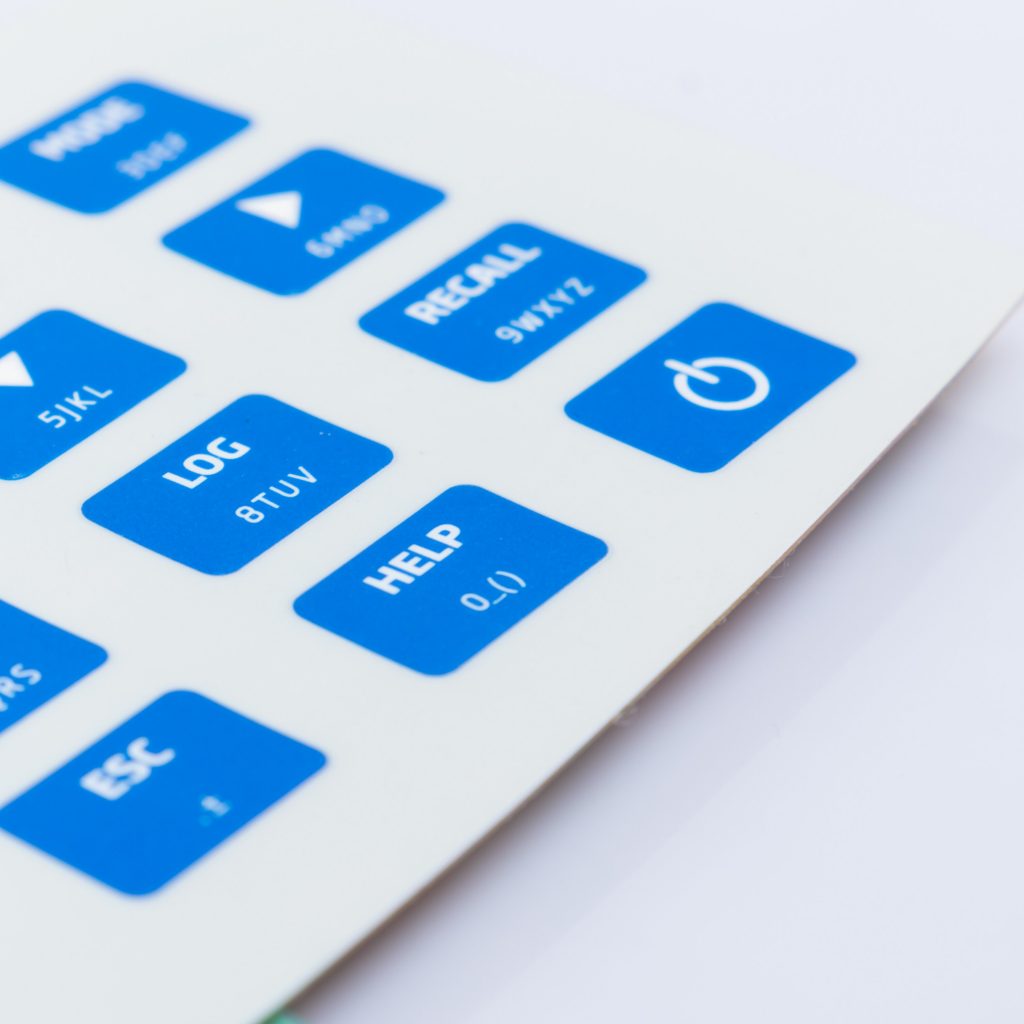Contact
Write to Us And We Would Be Happy to Advise You.
Do you have any questions, or would you like to speak directly with a representative?
By hqt
Portable devices have become an indispensable part of our daily lives, evolving rapidly to meet the demands of modern users. At the heart of this evolution lies a crucial component that often goes unnoticed yet is pivotal for functionality and user experience: the low-profile membrane switch. These innovative switches have transformed the way we interact with our gadgets, combining sleek design with seamless operation.



From bulky buttons and cumbersome interfaces, portable device controls have undergone a significant transformation. Today, low-profile membrane switches lead the charge, offering a blend of tactile feedback, aesthetic sleekness, and advanced functionality.
Low-profile membrane switches are thin, flexible buttons or keys that activate a function when pressed. They consist of several layers, including a graphic interface, a conductive circuit, and a rear adhesive, all encapsulated in a compact, lightweight design. This construction makes them ideal for portable devices where space and weight are at a premium.
The integration of low-profile membrane switches in portable devices significantly enhances the user experience. These switches offer precise control and responsive feedback, vital for efficient and intuitive device operation. Moreover, their low actuation force and smooth surface contribute to a comfortable, user-friendly interface.
Low-profile membrane switches also play a critical role in streamlining the design and functionality of portable devices. Their thin profile allows for more compact and lightweight gadgets, while their versatility supports a wide range of designs and user interactions. This dual benefit not only appeals to aesthetic preferences but also meets the functional needs of diverse applications.
Selecting the right materials is essential for the durability and longevity of low-profile membrane switches. Manufacturers often use high-grade polymers and metals that withstand frequent use and harsh conditions, ensuring the switches remain functional over the device’s lifespan.
The design of low-profile membrane switches also focuses on aesthetic appeal and user interaction. Designers have the flexibility to customize the look and feel of the switches, including colors, shapes, and textures, to match the device’s overall design theme. This customization enhances the device’s visual appeal and creates a cohesive user interface.
Recent advancements in low-profile membrane switch technology have improved tactile feedback and responsiveness. Innovations such as metal domes and polydome structures provide a satisfying click feel and rapid actuation, essential for a positive user experience.
Low-profile membrane switches are increasingly being integrated with other technologies, such as touchscreens and LED lighting. This integration allows for dynamic interfaces that can adapt to user preferences and operating conditions, further enhancing the functionality and appeal of portable devices.
Smartphones and tablets are prime examples of portable devices that benefit from low-profile membrane switches. These switches are used for volume control, power on/off, and navigation, providing an ergonomic and efficient user interface.
In wearable technology, such as smartwatches and fitness trackers, low-profile membrane switches offer a compact, water-resistant solution for controlling various functions. Their lightweight and flexible design make them ideal for devices worn on the body.
Low-profile membrane switches are also crucial in portable medical devices, where reliability and precision are paramount. They are used in devices like blood glucose monitors and portable defibrillators, where their durability and ease of use can significantly impact health outcomes.
Compared to traditional switches, low-profile membrane switches offer several advantages, including reduced space requirements, lighter weight, and greater design flexibility. These features make them particularly suited to the ever-decreasing size and increasing functionality of portable devices.
The preference for low-profile membrane switches in portable devices is also reflected in market trends. Consumers increasingly demand sleek, lightweight devices with intuitive controls, driving manufacturers to adopt low-profile switches in their designs.
The manufacturing of low-profile membrane switches involves precision engineering and stringent quality control. Advanced fabrication techniques, such as laser cutting and digital printing, ensure the switches meet exact specifications and performance standards.
Despite their advanced features, low-profile membrane switches can be produced cost-effectively at scale. This affordability makes them an attractive option for manufacturers looking to offer high-quality portable devices at competitive prices.
One of the key challenges in designing low-profile membrane switches is balancing durability with functionality. Manufacturers must ensure the switches are robust enough to withstand repeated use while maintaining their tactile response and aesthetic appeal.
Another challenge is overcoming technological limitations, such as ensuring consistent performance across a wide range of temperatures and conditions. Research and innovation in materials and design are crucial for addressing these limitations and expanding the applications of low-profile membrane switches.
The future of low-profile membrane switches looks promising, with ongoing research and development focused on enhancing their performance, durability, and integration capabilities. Innovations such as improved tactile feedback mechanisms and smarter integration with other technologies are expected to drive further advancements.
As portable devices continue to evolve, the integration of low-profile membrane switches is expected to become even more seamless. Future devices may feature entirely flexible interfaces with switches that adapt to user preferences and operating environments, offering unparalleled control and user experience.
Several case studies highlight the successful implementation of low-profile membrane switches in portable devices. Industry leaders have leveraged these switches to create groundbreaking products that offer enhanced functionality, user-friendly interfaces, and sleek designs.
These case studies also provide valuable lessons and best practices for incorporating low-profile membrane switches into portable devices. Key takeaways include the importance of material selection, design flexibility, and integration with other technologies for achieving optimal performance and user satisfaction.
Low-profile membrane switches play a critical role in enhancing the portability of devices by minimizing space and weight. Their compact design allows for thinner, lighter devices that are easier to carry and use on the go.
Moreover, the efficiency and low power consumption of low-profile membrane switches can positively impact battery life and device longevity. This benefit is particularly important for portable devices, where battery life is a key consideration for users.
User feedback on low-profile membrane switches has been overwhelmingly positive, with many consumers appreciating their sleek design, responsive feedback, and ergonomic features. This satisfaction underscores the importance of these switches in meeting user expectations and preferences.
Addressing Common Concerns and Improvements
However, users have also highlighted areas for improvement, such as enhancing durability and providing more tactile feedback options. Manufacturers are addressing these concerns through ongoing research and development, ensuring low-profile membrane switches continue to meet and exceed user demands.
Regulatory and safety considerations are paramount for low-profile membrane switches, especially in applications such as medical devices. Manufacturers must ensure their switches comply with international standards and regulations, guaranteeing their safety and reliability.
Ensuring user safety and device reliability involves rigorous testing and quality assurance processes. These measures are essential for maintaining the trust of consumers and the integrity of portable devices equipped with low-profile membrane switches.
The environmental impact of low-profile membrane switches is an important consideration, particularly regarding sustainability and recycling challenges. Manufacturers are exploring eco-friendly materials and production methods to minimize their environmental footprint.
Adopting eco-friendly materials and manufacturing practices not only reduces the environmental impact of low-profile membrane switches but also aligns with consumer expectations for sustainable products. This approach is increasingly becoming a competitive advantage in the portable devices market.
The economic impact of low-profile membrane switches on the portable devices market is significant, with growing consumer demand driving market growth. These switches are becoming a key differentiator for manufacturers, influencing consumer choices and driving innovation.
Manufacturers that incorporate low-profile membrane switches into their portable devices gain a competitive advantage, appealing to consumers seeking sleek, functional, and innovative products. This innovation drive is shaping the future of the portable devices market, with low-profile membrane switches at the forefront.
Designing for accessibility is crucial when incorporating low-profile membrane switches into portable devices. Considerations for users with disabilities, such as providing tactile cues and adjustable sensitivity, ensure these devices are inclusive and usable by a wider audience.
Applying universal design principles to low-profile membrane switches enhances their usability and appeal. These principles focus on creating products that are accessible to people with a wide range of abilities, promoting inclusivity and user satisfaction.
One of the integration challenges of low-profile membrane switches is ensuring compatibility with other device components. This compatibility is crucial for maintaining device functionality and performance, requiring careful design and engineering.
Addressing heat dissipation and electromagnetic interference is another challenge in integrating low-profile membrane switches. Manufacturers must design switches that can operate effectively in the device’s electromagnetic environment, ensuring reliable performance.
Customization and personalization of low-profile membrane switches offer users the ability to tailor device settings and profiles to their preferences. This flexibility enhances the user experience, allowing for more personalized and efficient device operation.
Aesthetic Customizations and Branding Opportunities
Aesthetic customizations and branding opportunities also play a role in the appeal of low-profile membrane switches. Manufacturers can design switches that reflect brand identity and aesthetics, creating a unique and recognizable product.
The psychological impact of low-profile membrane switches on user experience is significant, influencing perceptions of quality and technology. Sleek, responsive switches can enhance the perceived value of a device, making it more attractive to consumers.
The design and functionality of low-profile membrane switches also influence buying decisions and brand loyalty. Devices that offer an optimal user experience, partly through their switch design, are more likely to foster consumer loyalty and repeat purchases.
Effective marketing strategies for low-profile membrane switches involve highlighting their unique selling points. Emphasizing their sleek design, responsiveness, and integration capabilities can attract tech-savvy consumers looking for the latest advancements.
Engaging with tech-savvy consumers requires a deep understanding of their needs and preferences. Marketing campaigns that showcase the innovative features and benefits of low-profile membrane switches can resonate with this audience, driving interest and sales.
Offering warranty and after-sales support for low-profile membrane switches is essential for guaranteeing product quality and longevity. These services build consumer trust and confidence, ensuring satisfaction with the purchase.
Building consumer trust through exceptional service involves responsive customer support, timely repairs, and replacements, and transparent communication. These efforts are crucial for maintaining a positive relationship with consumers and encouraging loyalty to the brand.
A global market analysis for low-profile membrane switches reveals key players and market shares, highlighting the competitive landscape. Understanding these dynamics is essential for manufacturers looking to enter or expand in the market.
Emerging markets and growth opportunities also play a role in the global market analysis. Identifying regions with growing demand for low-profile membrane switches can guide strategic decisions and investments, driving growth and expansion.
Research and development in low-profile membrane switches are crucial for driving innovations and advancements. Funding and partnerships between industry and academia can accelerate the development of new technologies and applications.
Academic and industrial collaborations are also key to advancing low-profile membrane switch technology. These collaborations can lead to breakthroughs in materials, design, and integration, enhancing the performance and appeal of portable devices.
Do you have any questions, or would you like to speak directly with a representative?